Table of content
Braised duck, a beloved dish in many Asian cuisines, is renowned for its tender meat, rich flavors, and aromatic broth. While the dish may seem complex, this guide simplifies the process, allowing even novice cooks to recreate this restaurant-quality meal in their own kitchen. Renowned Chef Li Wei, a culinary expert with decades of experience, shares his time-tested recipe and techniques to ensure perfection every time.
The Art of Braised Duck: A Brief Introduction
Braised duck, often referred to as lu shui ya in Mandarin, is a staple in Chinese households and upscale restaurants alike. The dish’s appeal lies in its balance of savory, sweet, and umami flavors, achieved through a meticulous blend of spices, soy sauce, and slow cooking. Unlike fried or roasted duck, braising ensures the meat remains succulent while absorbing the essence of the braising liquid. Chef Li emphasizes that the key to success lies in patience and attention to detail—qualities that transform simple ingredients into a memorable meal.
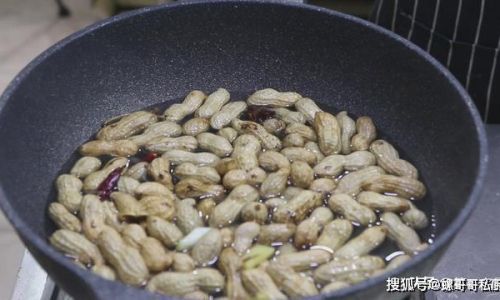
Ingredients: Quality Matters
Before diving into the cooking process, gather the following ingredients:
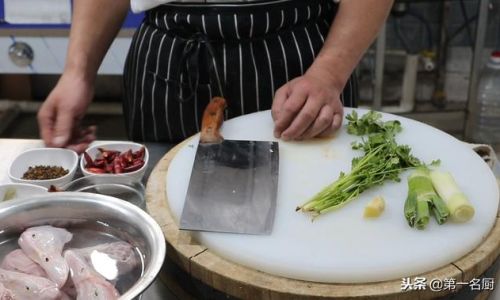
- 1 whole duck (4–5 lbs): Opt for a fresh, free-range bird for the best flavor.
- 1/4 cup soy sauce: Use a high-quality brand for depth.
- 2 tbsp dark soy sauce: Adds color and caramelized notes.
- 1/4 cup Shaoxing wine: Or substitute with dry sherry.
- 1/2 cup rock sugar (or brown sugar): For a subtle sweetness.
- 8 cups water (or low-sodium chicken broth): Enhances the broth’s body.
- Aromatics:
- 6 garlic cloves, smashed
- 4-inch ginger, sliced
- 3 star anise pods
- 2 cinnamon sticks
- 1 tbsp Sichuan peppercorns (optional)
- 4–5 dried red chilies (adjust to taste)
- 2 tbsp cooking oil: For searing.
- Garnishes: Chopped cilantro, green onions, and sesame seeds.
Step-by-Step Cooking Process
Preparing the Duck
- Cleaning: Rinse the duck thoroughly under cold water, paying special attention to the cavity. Remove any remaining feathers or excess fat.
- Drying: Pat the duck dry with paper towels. This ensures crispy skin during searing.
- Optional: For deeper flavor, rub the duck with 1 tbsp of soy sauce and let it marinate for 30 minutes.
Searing the Duck
- Heat the cooking oil in a large Dutch oven or heavy-bottomed pot over medium-high heat.
- Place the duck breast-side down and sear until golden brown (4–5 minutes). Flip and repeat on the other side. This step seals in juices and adds caramelization.
- Remove the duck and set aside. Discard excess fat, leaving 1 tbsp in the pot.
Sautéing Aromatics
- Reduce heat to medium. Add ginger, garlic, star anise, cinnamon, Sichuan peppercorns, and dried chilies. Sauté for 2–3 minutes until fragrant.
- Chef’s Tip: Avoid burning the spices; a gentle sizzle is ideal.
Crafting the Braising Liquid
- Pour in soy sauce, dark soy sauce, and Shaoxing wine. Stir to combine.
- Add rock sugar and stir until dissolved. The sugar balances the saltiness and adds a glossy finish.
Simmering to Perfection
- Return the duck to the pot, breast-side up. Pour in water (or broth) until the duck is submerged by 75%.
- Bring the liquid to a boil, then reduce to a gentle simmer. Cover and cook for 1.5–2 hours, flipping the duck halfway.
- Chef’s Tip: For fall-off-the-bone tenderness, extend cooking time by 30 minutes. Use a meat thermometer to ensure the internal temperature reaches 165°F (74°C).
Reducing the Sauce
- Once cooked, transfer the duck to a cutting board. Strain the braising liquid, discarding solids.
- Return the liquid to the pot and simmer over medium heat for 10–15 minutes until thickened.
Carving and Serving
- Chop the duck into bite-sized pieces using a cleaver or sharp knife.
- Arrange on a platter and drizzle with the reduced sauce. Garnish with cilantro, green onions, and sesame seeds.
Chef Li’s Pro Tips
- Spice Control: Adjust chili and Sichuan peppercorns based on heat preference. For a mild version, omit both.
- Flavor Depth: Marinate the duck overnight in a mixture of soy sauce, garlic, and ginger for enhanced taste.
- Crispy Skin: After braising, briefly roast the duck in a 400°F (200°C) oven for 5–7 minutes for added texture.
- Storage: Braised duck keeps refrigerated for up to 4 days. Reheat gently in the sauce to retain moisture.
Serving Suggestions
- Rice Pairing: Serve with steamed jasmine rice or sticky rice to soak up the sauce.
- Vegetable Accompaniments: Stir-fried bok choy, garlic-sautéed spinach, or pickled mustard greens complement the richness.
- Dipping Sauce: Mix 2 parts soy sauce, 1 part vinegar, and a dash of chili oil for extra zing.
Variations to Explore
- Five-Spice Twist: Add 1 tbsp five-spice powder to the braising liquid for a classic Chinese profile.
- Honey-Glazed Option: Substitute rock sugar with honey and add a splash of orange juice for a sweet-tangy finish.
- Vegetarian Adaptation: Use seitan or tofu in place of duck, simmering in the same braising liquid.
Troubleshooting Common Issues
- Tough Meat: Overcooking dries out the duck. Stick to the recommended time and use a thermometer.
- Bland Flavor: Ensure adequate seasoning and let the duck marinate if time permits.
- Cloudy Broth: Strain the sauce thoroughly to remove impurities.
The Joy of Homemade Braised Duck
Braised duck is more than a meal—it’s a labor of love. Chef Li reminds home cooks that imperfections are part of the process. “Every pot of braised duck tells a story,” he says. “Whether it’s the first time you flip the duck without tearing the skin or the moment you realize you’ve created a dish rivaling your favorite restaurant, these moments are what cooking is all about.”
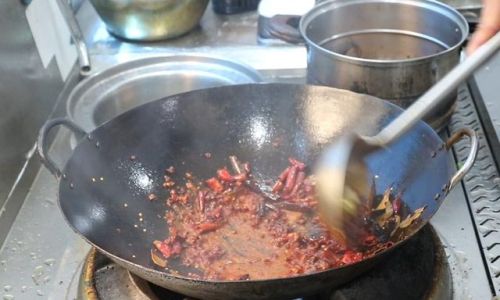
Conclusion
With Chef Li’s guidance, mastering braised duck becomes an achievable feat. The dish’s versatility allows for endless experimentation, making it a crowd-pleaser for family dinners and gatherings alike. So, roll up your sleeves, gather your ingredients, and embark on a culinary journey that promises to delight the senses and nourish the soul. As Chef Li often says, “The best recipes are those shared with those we love.”
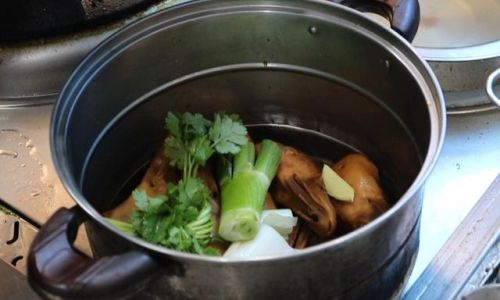
Word Count: 1,025
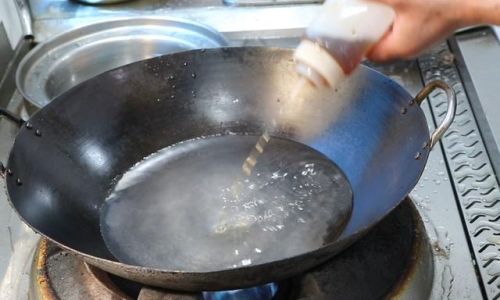
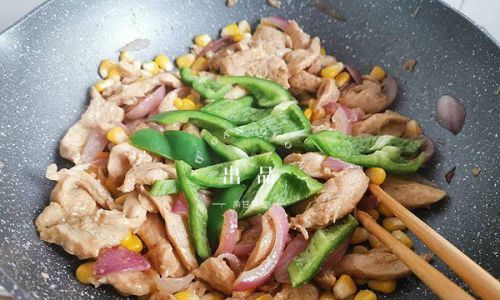
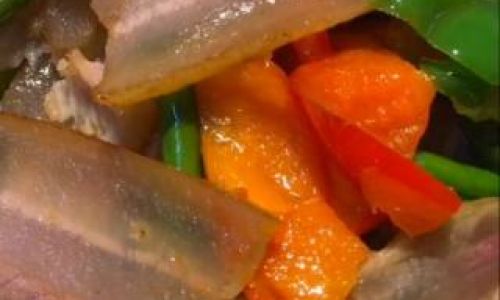
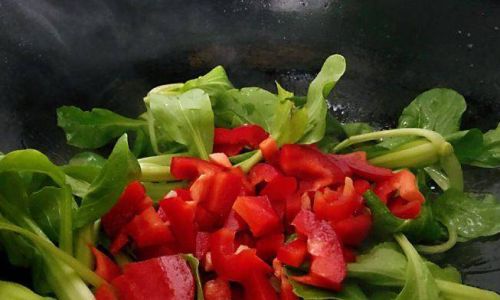
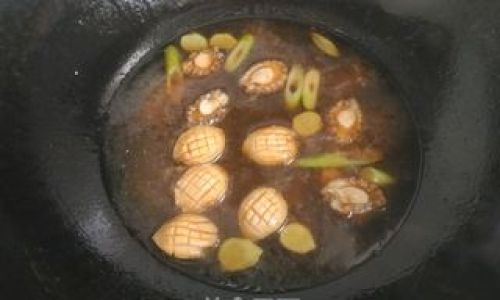
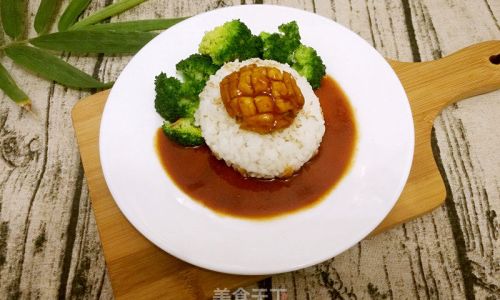
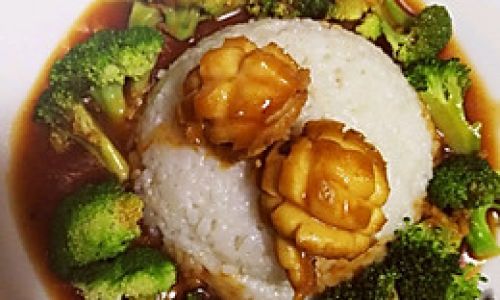
0 comments